- Welcome to Jinan Taixi International Trading Co., Ltd.
- +86 15866793636
- Sashay@taixitrading.com

Clutch Disc
2021年1月30日
Air Purifier
2021年1月28日Crank Shaft
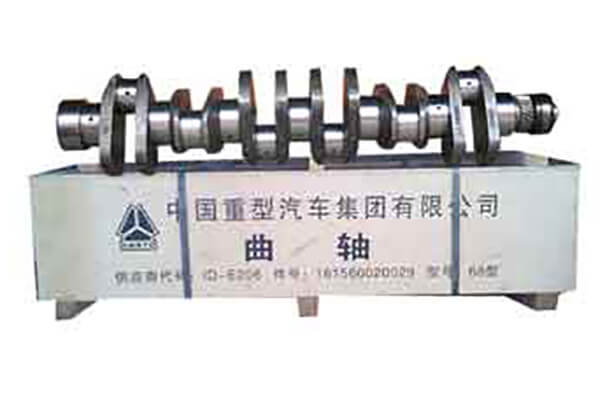
Crankshaft introduction
The crankshaft is the most important part of the engine. It bears the force transmitted from the connecting rod and converts it into torque to output through the crankshaft and drive other accessories on the engine to work.The crankshaft is subjected to the combined action of the centrifugal force of the rotating mass, the periodic gas inertial force and the reciprocating inertial force, so that the curved bearing is subjected to bending and torsion loads.
Therefore, the crankshaft is required to have sufficient strength and rigidity, and the surface of the journal should be wear-resistant, work uniformly, and have good balance.
Crankshaft action
It cooperates with the connecting rod to convert the gas pressure acting on the piston into rotating power, which is transmitted to the transmission mechanism of the chassis.
At the same time, it drives the air distribution mechanism and other auxiliary devices, such as fans, water pumps, and generators. When working, the curved bearing is affected by gas pressure, inertial force and moment of inertia. The force is large and complex, and it bears the impact of alternating loads.
At the same time, the crankshaft is a high-speed rotating part. Therefore, the crankshaft is required to have sufficient rigidity and strength, have a good ability to withstand impact loads, wear resistance and good lubrication.
Crankshaft parameters
| Birthplace: | China | Brand:< /td> | Other |
| Guarantee: | 3 months | Car model: | Sinotruk |
| Engine code: | 6D14T | Product name: | Crankshaft |
| Application: | Diesel engine | Size: | Standard size or OEM standard |
| Engine type: | Diesel engine | Health/Condition: | 100% new |
Crankshaft inspection mainly includes crack inspection, deformation inspection and wear inspection.
(1) Inspection and repair of cracks. After cleaning the crankshaft, first check for cracks. Magnetic flaw detector or dye penetrant can be used for crack inspection. If the crankshaft is found to be cracked, it should be scrapped and replaced.(2) Maintenance of crankshaft bending. The inspection of bending deformation should be based on the common axis of the main journal at both ends, and check the radial circle runout error of the central main journal.
When inspecting, place the main journals at both ends of the crankshaft on the V-shaped block of the inspection plate, put the dial indicator contact vertically on the middle main journal, slowly rotate the crankshaft one circle, the maximum value indicated by the dial indicator pointer Swing difference.
If the radial circle runout error value of the journal is greater than 0.15mm, the pressure should be corrected. Below this limit, it can be corrected in conjunction with grinding the main journal.
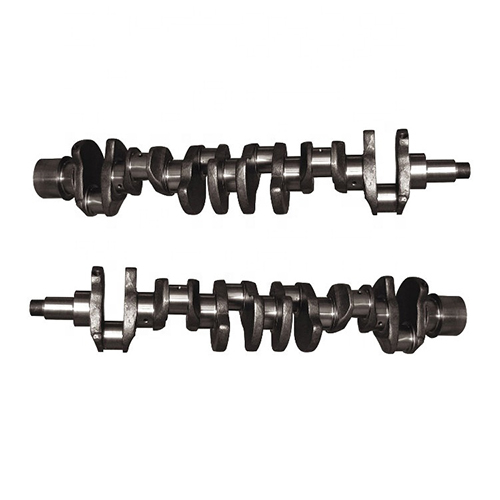
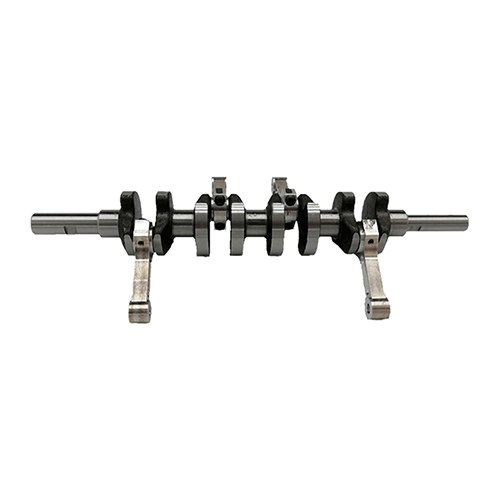
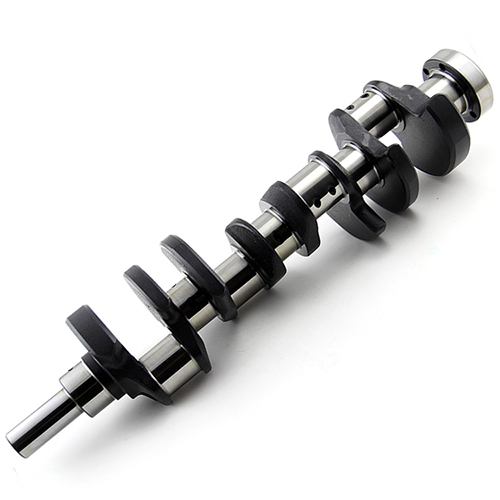
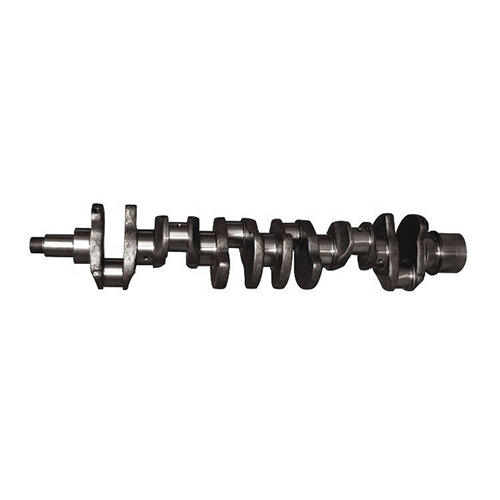
Crankshaft working principle
It bears the force transmitted from the connecting rod and converts it into torque to output through the crankshaft and drive other accessories on the engine to work. The crankshaft is subjected to the combined action of the centrifugal force of the rotating mass, the periodic gas inertial force and the reciprocating inertial force, so that the curved bearing is subjected to bending and torsion loads.
Crankshaft forging technology
Automatic lines with hot die forging presses and electro-hydraulic hammers as the main engine are the development direction of forging crankshaft production. These production lines will generally use precision shear blanking, roll forging (cross wedge rolling) billet, intermediate frequency induction heating, and finishing hydraulic press Advanced technology such as fine pressing, and auxiliary machines such as manipulators, conveyor belts, and mold changing devices with turntables are also equipped to form a flexible manufacturing system (FMS).
Through FMS, workpieces and molds can be automatically replaced, and parameters can be adjusted automatically, and continuous measurement during work. Display and record data such as forging thickness and maximum pressure and compare with the fixed value, select the best deformation to obtain high-quality products.
The entire system is monitored by the central control room to realize unmanned operation. The crankshaft forged by this forging method has the full fibrous nature of the internal metal streamline, which can increase the fatigue strength by more than 20%.
